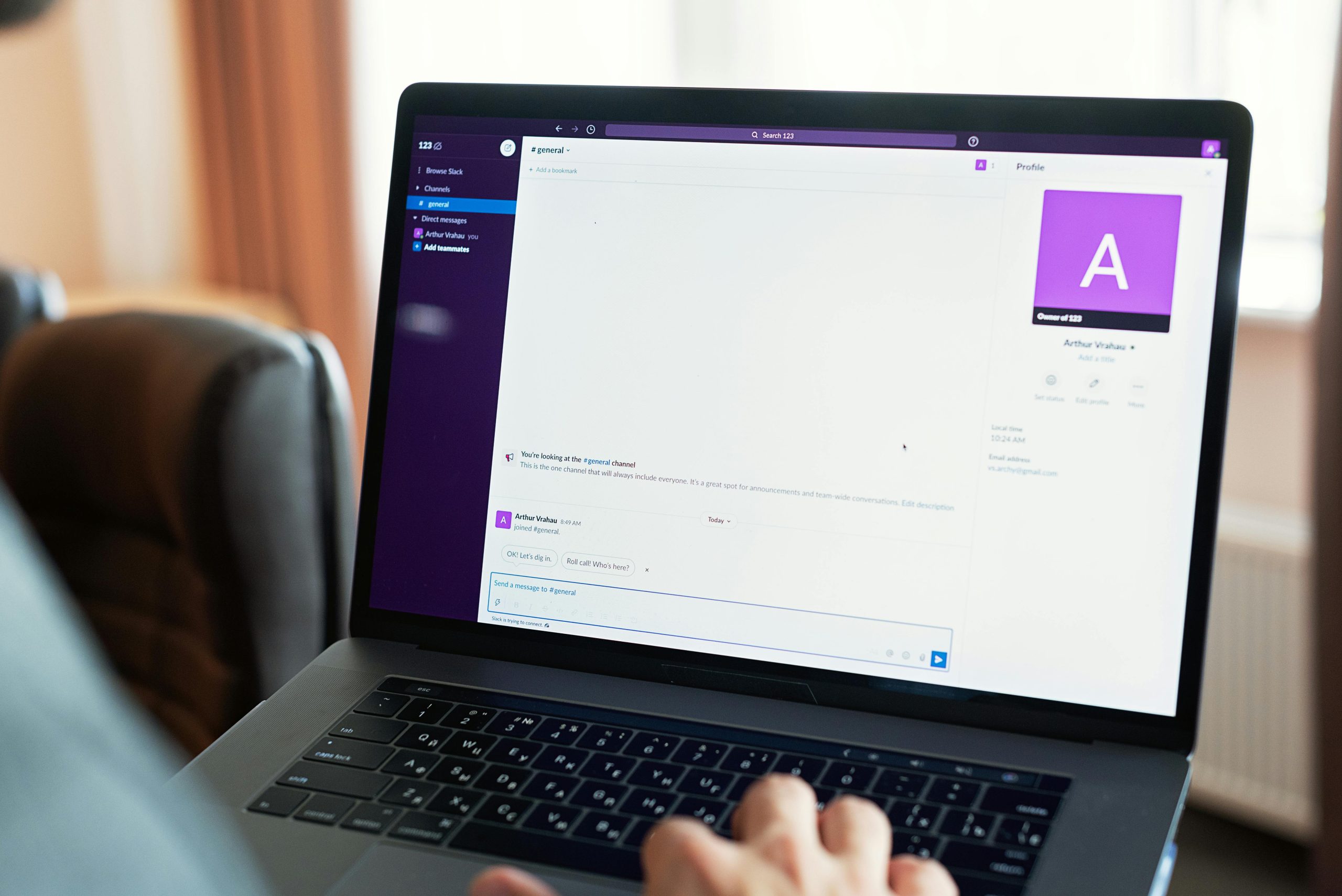Enhancing PDF Viewing on Your WordPress Site: Detecting User Scroll Depth
In today’s digital landscape, providing an optimal PDF viewing experience on your website is essential, especially when you want to gauge user engagement. Typically, embedding PDFs within a webpage can be achieved through methods such as using <embed> or <iframe>. While these approaches allow you to display PDF documents seamlessly within the browser, they often fall short when it comes to tracking user interactions—particularly, determining whether a visitor has scrolled through the entire document.
Understanding the Need to Detect Scroll Completion
It’s important to clarify that monitoring whether a user has fully scrolled down a PDF does not necessarily equate to confirming consumption or reading. Instead, in many cases, you simply need to verify if the user has navigated to the bottom of the document. This can be valuable for content engagement analytics, ensuring that visitors are viewing critical information, or triggering subsequent actions once the full document has been browsed.
Limitations of Traditional Embedding Methods
Using standard embedding techniques such as <embed> or <iframe>, it’s challenging to directly detect user scroll activity within the PDF viewer, mainly because the embedded PDF operates as a separate document context. Unlike tracking scroll events on standard HTML elements, capturing scroll position within an embedded PDF requires a more nuanced approach.
Strategies to Detect User Scroll to the End of a PDF
To effectively monitor whether a user has scrolled to the bottom of an embedded PDF, consider the following techniques:
-
Use PDF.js for Custom PDF Viewer Integration
-
What it is: PDF.js is an open-source JavaScript library developed by Mozilla that renders PDFs directly within HTML5 Canvas elements.
- Advantages: It allows full control over the PDF viewer interface, including listening for scroll events and other user interactions.
-
Implementation: By embedding your PDF using PDF.js, you can add event listeners to the viewer container to detect when the user reaches the bottom of the document.
-
Implement Scroll Event Listeners on Parent Containers
-
Method: If your embedded PDF is within a scrollable container (such as a
<div>), you can attach JavaScript event listeners to this container to monitor scrolling behavior. -
Tracking Scroll Position: By comparing the scrollTop value with the scrollHeight minus clientHeight, you can ascertain if the user has scrolled to the bottom.
-
Communicate Between PDF Viewer and Parent Document
-
Challenge:

